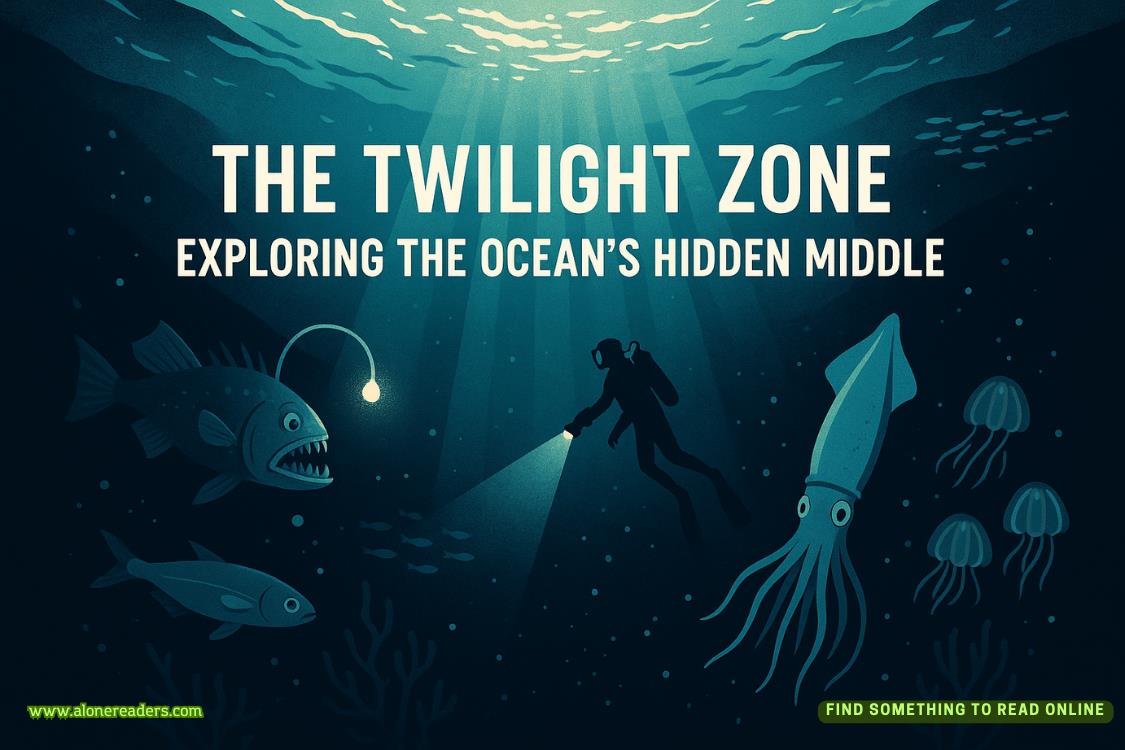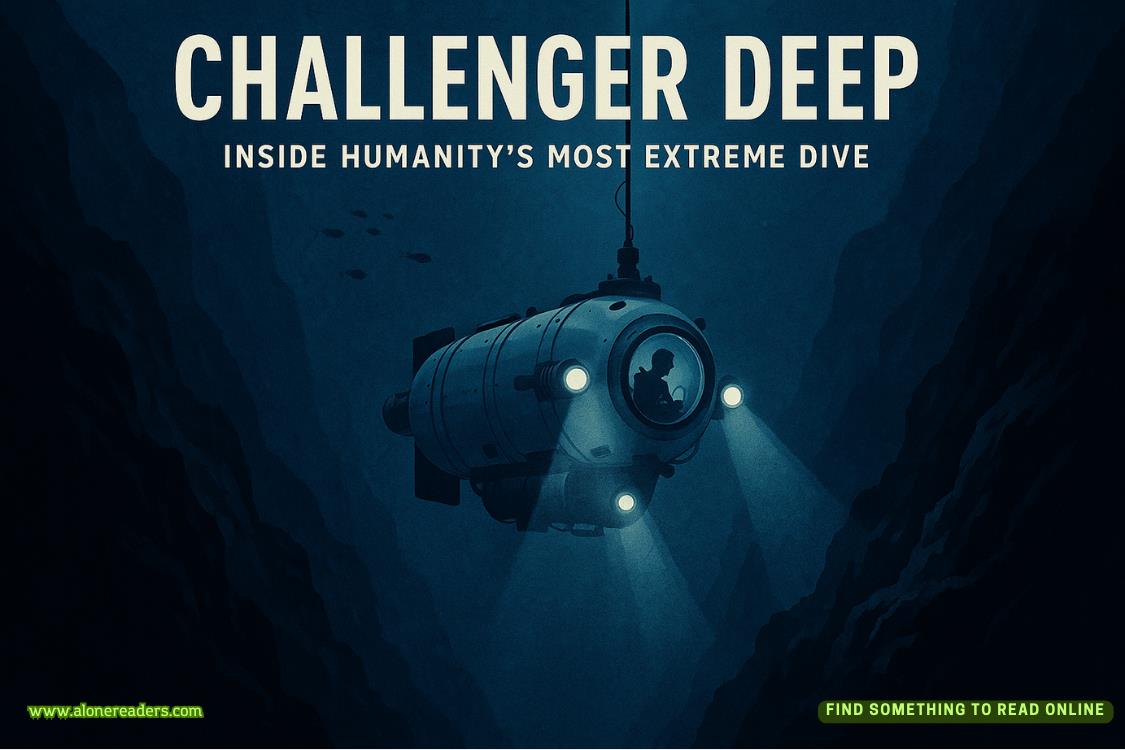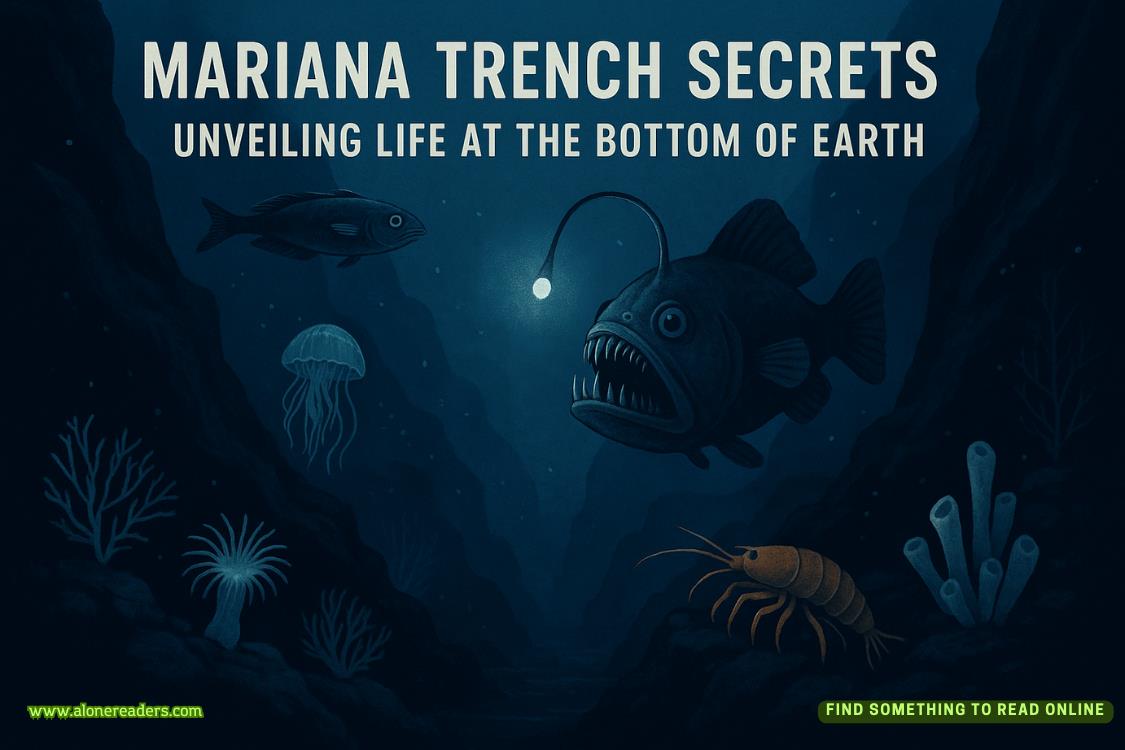Page 75 of Everything She Feared
Seattle, Washington
Pierce looked tothe investigators on the teleconference screen and those settling in at the table in the King County Sheriff’s Office headquarters.
Detective Sergeant Art Acker spoke first. “We’ve got developments to discuss. Let’s get to it.” He nodded for Pierce to begin.
“Alright, you should all have our updated summary.” Pierce started the case-status meeting. “Our forensics people have collected and analyzed evidence we discovered recently at Sparrow Song Park.”
The partially blackened coconut-sized rock appeared in photos on the screen at the end of the room and on teleconference screens. Pierce outlined the details of where and how the rock was found: it was nearly seven inches in diameter, seventeen inches in circumference and weighed six pounds.
“Now—” Pierce used her laptop’s cursor to circle areas “—forensics found hair and blood traces on the rock here and here.” Pierce’s cursor went to the circled spots. “Analysis shows they’re consistent with Anna Shaw’s hair and blood. The medical examiner said blunt force trauma to the head was a factor in Shaw’s death. In further consultation, the ME said the rock could be considered a weapon.”
“Are we calling this a homicide?” Deputy Rob Hirano was on the screen.
“We’re calling it suspicious,” Pierce said.
“Did we get latents from the rock?” Hirano asked.
“Not yet,” Pierce said. “As we know, it’s difficult to get prints from rough, porous surfaces. Forensics advises that they’re trying some new techniques, but it’ll take time and they’ll get back to us.”
“I see a problem,” Oscar Neale, a commander from the North Precinct, said. “You found thisweaponlong after the fact, after the scene was processed, then opened to the public. It might not be admissible or hold up in court.”
“We always find guns after the fact and away from a scene,” Benton said. “Then prints and ballistics tie it to a crime.”
“Oscar’s point is a valid one,” Acker said. “But we’ve got date-stamped photos and video of the scene that show the impression of a missing rock at the top of the cliff. And even though we missed it at the time, you can see the rock wedged deep between cracks at the bottom at the riverbank.”
“Your summary suggests other factors, potential players like the ex-boyfriend,” Hirano said.
“We can’t place him in the park at the time,” Pierce said.
“The park has a security camera in the parking lot,” Neale said. “That should be able to determine who else was there at the time. Where’re you with that?”
“It’s an aging, faulty system,” Benton said. “It was recording at the time but any images we can recover might be unusable, if we can recover images at all. Our techs are working with the camera company. It’s going to take time.”
“What about Anna Shaw’s phone?” Neale asked.
“We still haven’t located it,” Benton said.
“Did you go through Katie Harmon’s phone?” Neale asked.
“We did, and there was nothing there of any significance,” Pierce said.
“Your thoughts, Heidi?” Acker said.
“Thanks, Art.” Heidi Wong, with the Juvenile Division of the King County Prosecuting Attorney’s Office, was on the screen flipping through notes on a legal pad at her desk.
“It appears you’re thinking Katie Harmon, who is nine, may have struck and pushed Anna Shaw off the cliff, possibly for the necklace?”
“It’s a theory with some supporting evidence,” Acker said.
“It’s compelling, I grant you, but you’re not there yet,” Wong said. “Our unit has a high volume of cases right now. This one presents a challenge, starting with Katie’s age. We have to prove she was capable of committing the crime and knew what she was doing. Cases of children who have killed other children are rare. And prosecuting a case like this as a Murder One or Murder Two is extremely difficult. We need solid evidence of the crime and clear evidence the child understood that what they did was wrong.”
Acker, Benton and Pierce nodded.
“Now,” Wong said, “your evidence, as it stands, is weak and your case is circumstantial. You have no witnesses. You can’t polygraph Katie because polygraphs aren’t effective on children her age.” Wong tapped her pen on her pad. “Reading your case notes, Katie Harmon’s statements thus far have been consistent, that Anna Shaw fell taking a selfie. We see Anna Shaw’s parents were not alarmed that Katie had Anna’s necklace. We don’t see a conflict between Katie and Anna, who was Katie’s beloved babysitter. We see that Katie’s statement of Anna clinging to the branch is supported by the traces of material embedded in Anna’s hands. And you estimate the gap in time when Kate ran for help at four to six, or even five to seven, minutes. While it may be a short time frame, it could be enough to weaken certainty. We don’t see that Katie has a known history of violent acts, and other aspects of the investigation appear not to be nailed down yet, leaving room for a lot of reasonable doubt, which you need to remove.”
“But we have the rock as a murder weapon,” Benton said.
“At this stage, that’s all you have,” Wong said. “Have you even established that Katie Harmon can lift a rock of that weight and carry it that distance, what, about six or seven yards? And can she raise it high enough to use as a weapon on a teen?”















